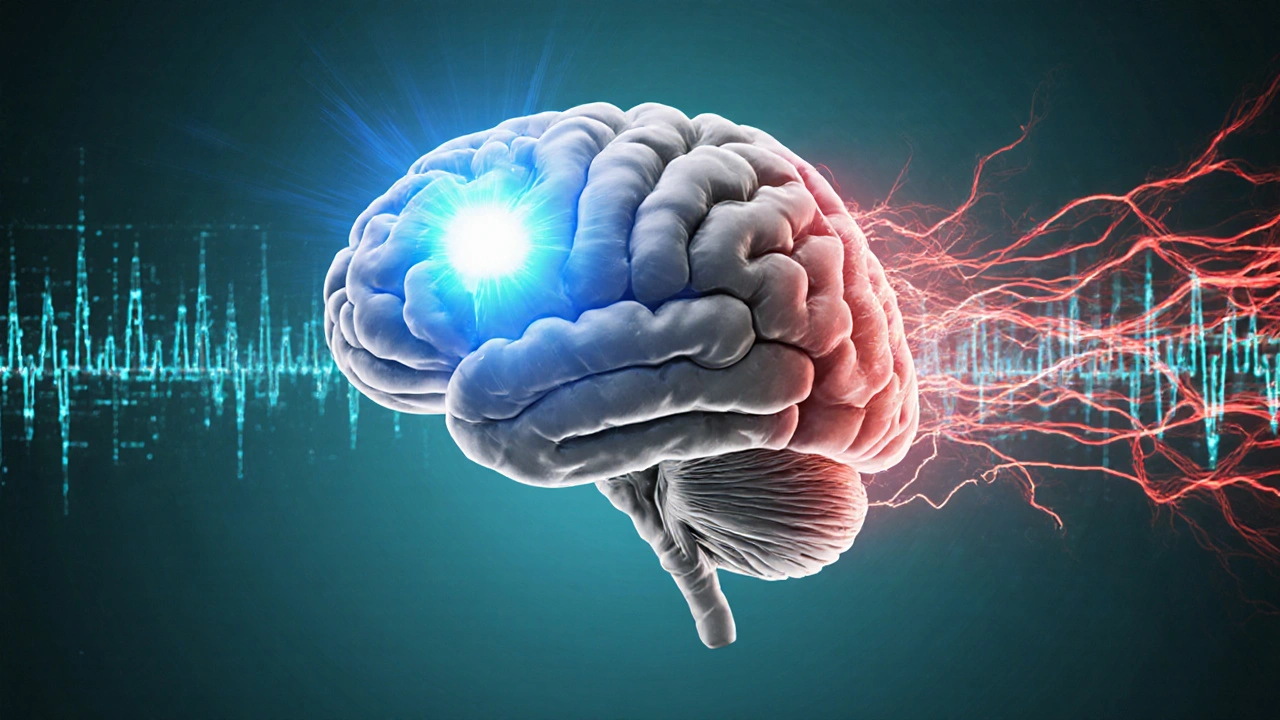Neuromodulation Epilepsy – Modern Treatments Explained
When talking about neuromodulation epilepsy, the use of electrical or magnetic stimulation to reduce seizure activity in people with epilepsy. Also known as brain stimulation for seizures, it bridges the gap between medication and surgery, offering a reversible, adjustable option for patients who don’t achieve control with drugs alone.
One of the most common approaches is Vagus Nerve Stimulation (VNS), an implanted device that sends regular pulses to the vagus nerve, modulating brain networks involved in seizure generation. VNS requires a surgical implant but can be turned on or off remotely, giving clinicians a tool to fine‑tune therapy over time. Another key player is Responsive Neurostimulation (RNS), a closed‑loop system that detects abnormal brain activity and delivers targeted stimulation to abort a seizure before it spreads. RNS involves real‑time data analysis, making it especially useful for focal epilepsies where the seizure onset zone is well defined.
Why Neuromodulation Matters for Seizure Control
Beyond VNS and RNS, Deep Brain Stimulation (DBS), targets specific deep brain nuclei like the anterior nucleus of the thalamus to disrupt seizure networks, has shown promising results for patients with generalized or refractory focal seizures. DBS influences the thalamocortical circuit, reducing seizure frequency and sometimes improving mood or cognition. A newer, non‑invasive option is Transcranial Magnetic Stimulation (TMS), which uses magnetic pulses over the scalp to modulate cortical excitability. While TMS doesn't require surgery, its effects are temporary, so it’s often used as an adjunct to medication.
All these modalities share a core principle: neuromodulation epilepsy encompasses a range of technologies that aim to restore normal brain rhythms. They require careful patient selection, multidisciplinary evaluation, and ongoing programming. Compared with traditional anti‑epileptic drugs (AEDs), neuromodulation offers a path when drugs fail, and it sidesteps the permanent risks of resective surgery. Whether you’re a patient, caregiver, or clinician, understanding the differences—like VNS’s broad applicability, RNS’s real‑time responsiveness, DBS’s deep‑target precision, or TMS’s non‑invasiveness—helps you weigh benefits against potential side effects and costs.
Below you’ll find a curated set of articles that break down each device, discuss clinical outcomes, and offer practical tips for choosing the right therapy. From cost considerations to programming strategies, the collection gives you the tools to make an informed decision about neuromodulation epilepsy options.

